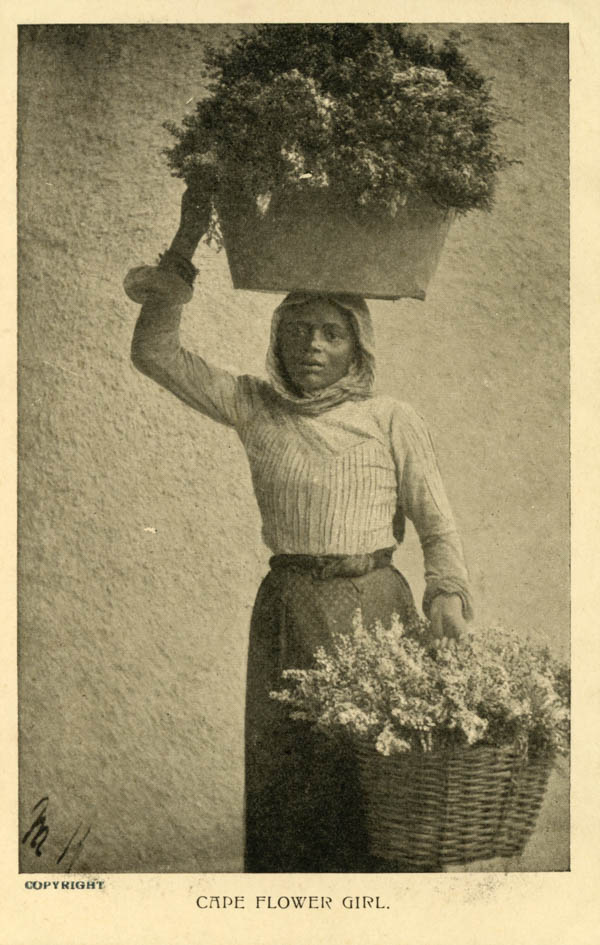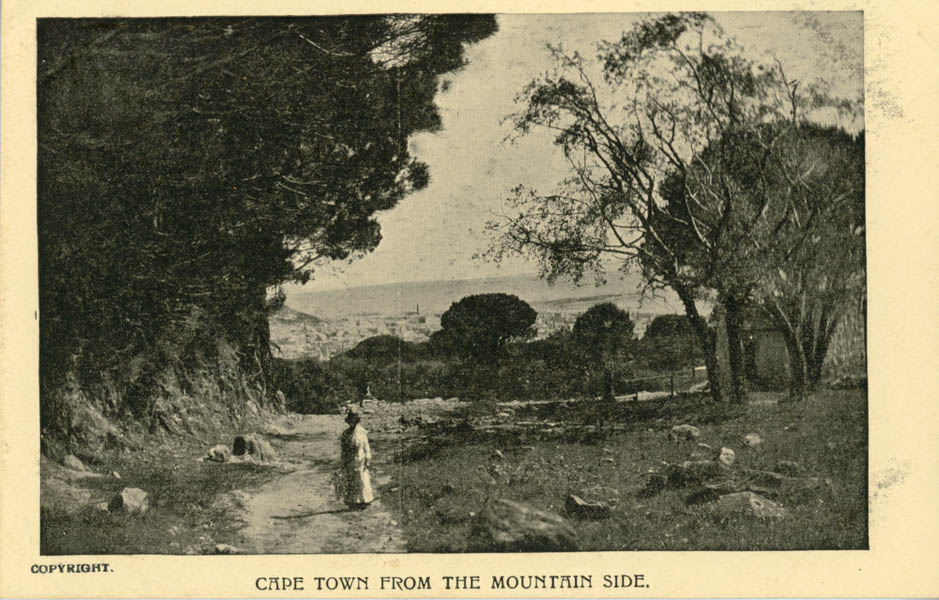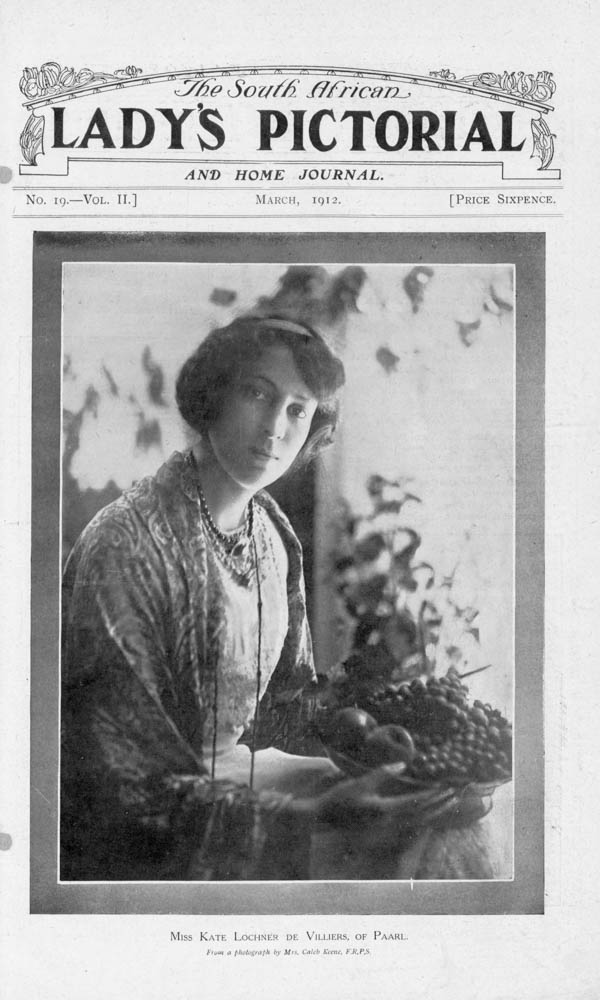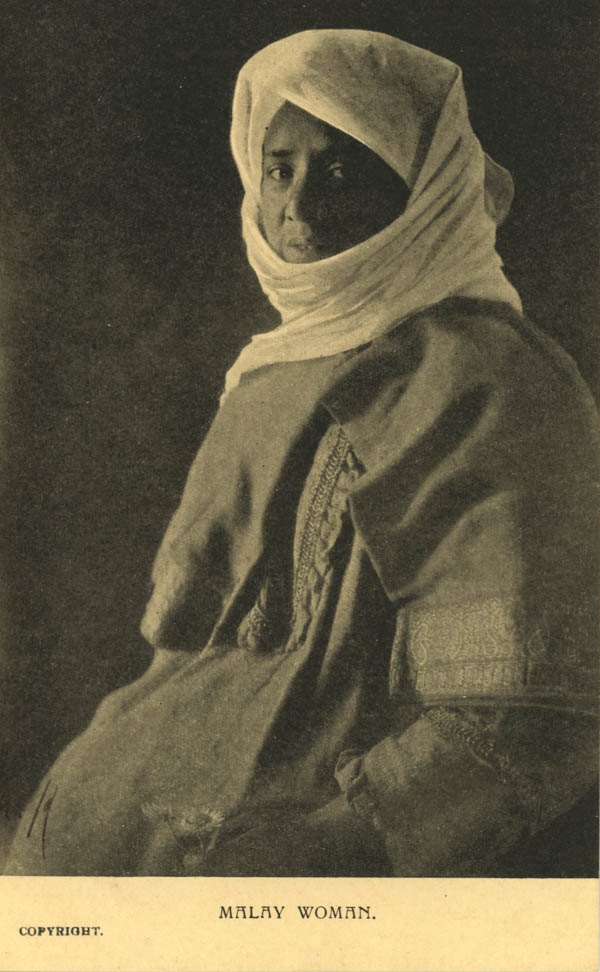- HOME
- ABOUT
- BIOS
- PROJECTS
* indicates multiple projects
- NEWS
- DONORS
- CONTRIBUTE
- APPLICATION
BIO
Dr. Malcolm Corrigall
Malcolm Corrigall is a postdoctoral researcher at Bournemouth University and a research associate at the University of Johannesburg. He has been researching South African photography for ten years. In 2016 he was awarded his PhD by SOAS, University of London. His doctoral thesis focused on the history of the Chinese Camera Club of South Africa, and it drew on extensive interviews and archival research conducted in South Africa, the UK, and Canada. He was based in Johannesburg between 2016 and 2018, where he was part of Professor Brenda Schmahmann’s research centre focusing on South African Art and Visual Culture at the University of Johannesburg.
PROJECT
Minna Keene: an under-researched woman photographer in Cape Town, 1903-1913
2019
Thanks to the Palmquist award, I was able to pursue my research into the life of the pictorialist photographer Minna Keene (b.1861–d.1943). My research focuses on a prolific but overlooked phase of Minna Keene’s photographic career; namely, her residence in Cape Town between 1903 and 1913. Keene enjoyed a near-celebrity status in colonial society but has subsequently been written out of South African photographic history. My research has highlighted Keene’s contribution to colonial visual culture at the Cape, and her participation in a local tradition of orientalism. She exhibited her work locally and internationally, and by 1913 she was running two photographic studios in Cape Town. In 1906 she registered a company and published her photographs as postcards, which were eagerly consumed by local audiences. Because many were posted overseas, they ended up in postcard collections across the world. Nowadays, these postcards languish in obscurity, with few people realising who created them or their significance. The Palmquist award enabled me to travel to postcard fairs across the UK where I was able to identify and purchase Keene’s forgotten postcards. Importantly, these postcards are often the only versions of Keene’s photographs which have survived. I have also used the Palmquist awards to travel to archives and libraries in London to pursue my research and locate Keene’s work in its historical context.
OUTCOME
I am currently writing an article based on my research which I intend to submit to the journal, History of Photography. The article focuses on Minna Keene’s photographs of Cape Town’s Muslim community, many of whom were descendants of slaves brought to the Cape Colony between 1658 and the early nineteenth century. In producing these photographs, Keene participated in a local tradition of orientalism that was already entrenched in South African visual culture by the time she arrived in Cape Town in 1903. Gabeba Baderoon has written an excellent book on this subject (Regarding Muslims) which informs my analysis. I focus on how new innovations in photographic reproduction – in particular half-tone printing, the rise of the photographically illustrated press and the picture postcard boom of the 1900s – allowed for the widespread dissemination of Keene’s photographs at a formative moment in South African history. During the 1900s, ideas of racial difference were codified in the lead up to the creation of the Union of South Africa in 1910 and de facto practices of segregation were institutionalized to a greater degree. Circulating widely in the public sphere, and possessing their own agency as material objects, Keene’s photographs of Capetonian Muslims sanitized the memory of slavery and reinforced a benign origin myth for white presence at the Cape. They also enjoyed an afterlife well beyond the upheavals of the early decades of the twentieth century.
Chinese Camera Club of South Africa.pdf


